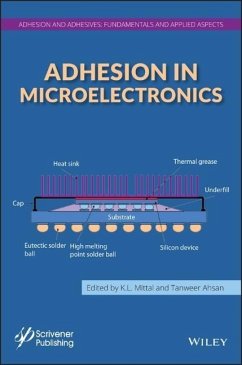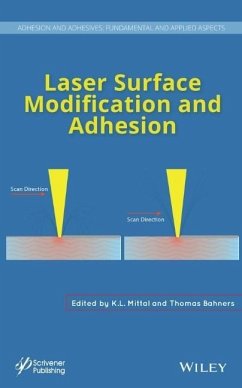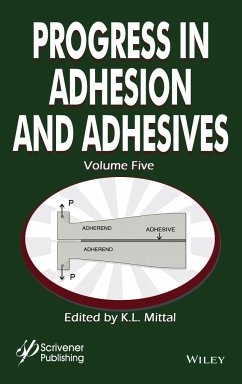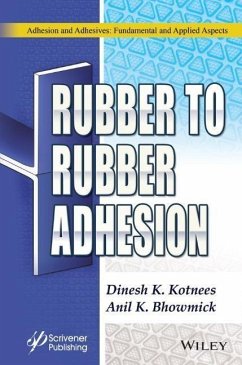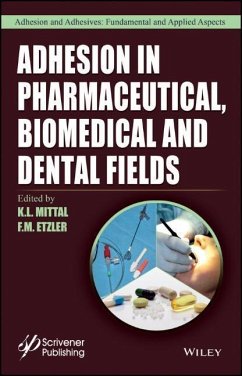Nicht lieferbar
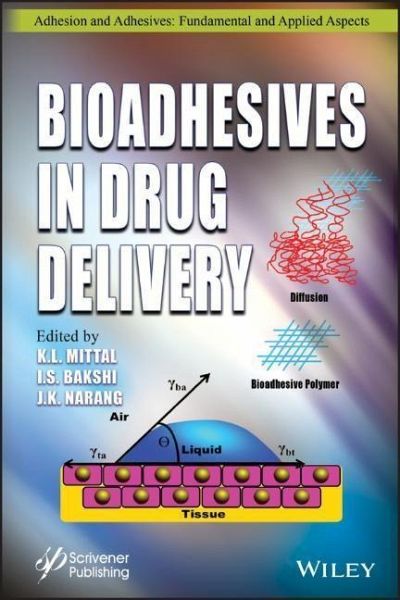
Bioadhesives in Drug Delivery
This important and unique book comprises 12 chapters divided into three parts examining the fundamental aspects, bioadhesive formulations, and drug delivery applications.Understanding the phenomenon of bioadhesion i.e. its theories or mechanism(s) are of critical importance in developing optimum bioadhesive polymers (used in bioadhesives). Such bioadhesive polymers are the key for exhibiting the process of bioadhesion, controlled/sustained release of drugs, and drug targeting. The use of bioadhesives restricts the delivery system to the site of interest and thus offers a useful and efficient t...
This important and unique book comprises 12 chapters divided into three parts examining the fundamental aspects, bioadhesive formulations, and drug delivery applications.
Understanding the phenomenon of bioadhesion i.e. its theories or mechanism(s) are of critical importance in developing optimum bioadhesive polymers (used in bioadhesives). Such bioadhesive polymers are the key for exhibiting the process of bioadhesion, controlled/sustained release of drugs, and drug targeting. The use of bioadhesives restricts the delivery system to the site of interest and thus offers a useful and efficient technique for targeting a drug to the desired location for a prolonged duration. This book addresses the various relevant aspects of bioadhesives in drug delivery in an easily accessible and unified manner.
The book containing 12 chapters written by eminent researchers from many parts of the globe is divided into three parts: Part 1: Fundamental Aspects; Part 2: Bioadhesive Formulations; Part 3: Drug Delivery Applications.
The topics covered include: Theories and mechanisms of bioadhesion; bioadhesive polymers for drug delivery applications; methods for characterization of bioadhesiveness of drug delivery systems; bioadhesive films and drug delivery applications; bioadhesive nanoparticles; bioadhesive hydrogels and applications; ocular biodhesive drug delivery systems; buccal bioadhesive drug delivery systems; gastrointestinal bioadhesive drug delivery systems; nasal bioadhesive drug delivery systems; vaginal drug delivery systems; pulmonary bioadhesive drug delivery systems.
Understanding the phenomenon of bioadhesion i.e. its theories or mechanism(s) are of critical importance in developing optimum bioadhesive polymers (used in bioadhesives). Such bioadhesive polymers are the key for exhibiting the process of bioadhesion, controlled/sustained release of drugs, and drug targeting. The use of bioadhesives restricts the delivery system to the site of interest and thus offers a useful and efficient technique for targeting a drug to the desired location for a prolonged duration. This book addresses the various relevant aspects of bioadhesives in drug delivery in an easily accessible and unified manner.
The book containing 12 chapters written by eminent researchers from many parts of the globe is divided into three parts: Part 1: Fundamental Aspects; Part 2: Bioadhesive Formulations; Part 3: Drug Delivery Applications.
The topics covered include: Theories and mechanisms of bioadhesion; bioadhesive polymers for drug delivery applications; methods for characterization of bioadhesiveness of drug delivery systems; bioadhesive films and drug delivery applications; bioadhesive nanoparticles; bioadhesive hydrogels and applications; ocular biodhesive drug delivery systems; buccal bioadhesive drug delivery systems; gastrointestinal bioadhesive drug delivery systems; nasal bioadhesive drug delivery systems; vaginal drug delivery systems; pulmonary bioadhesive drug delivery systems.






